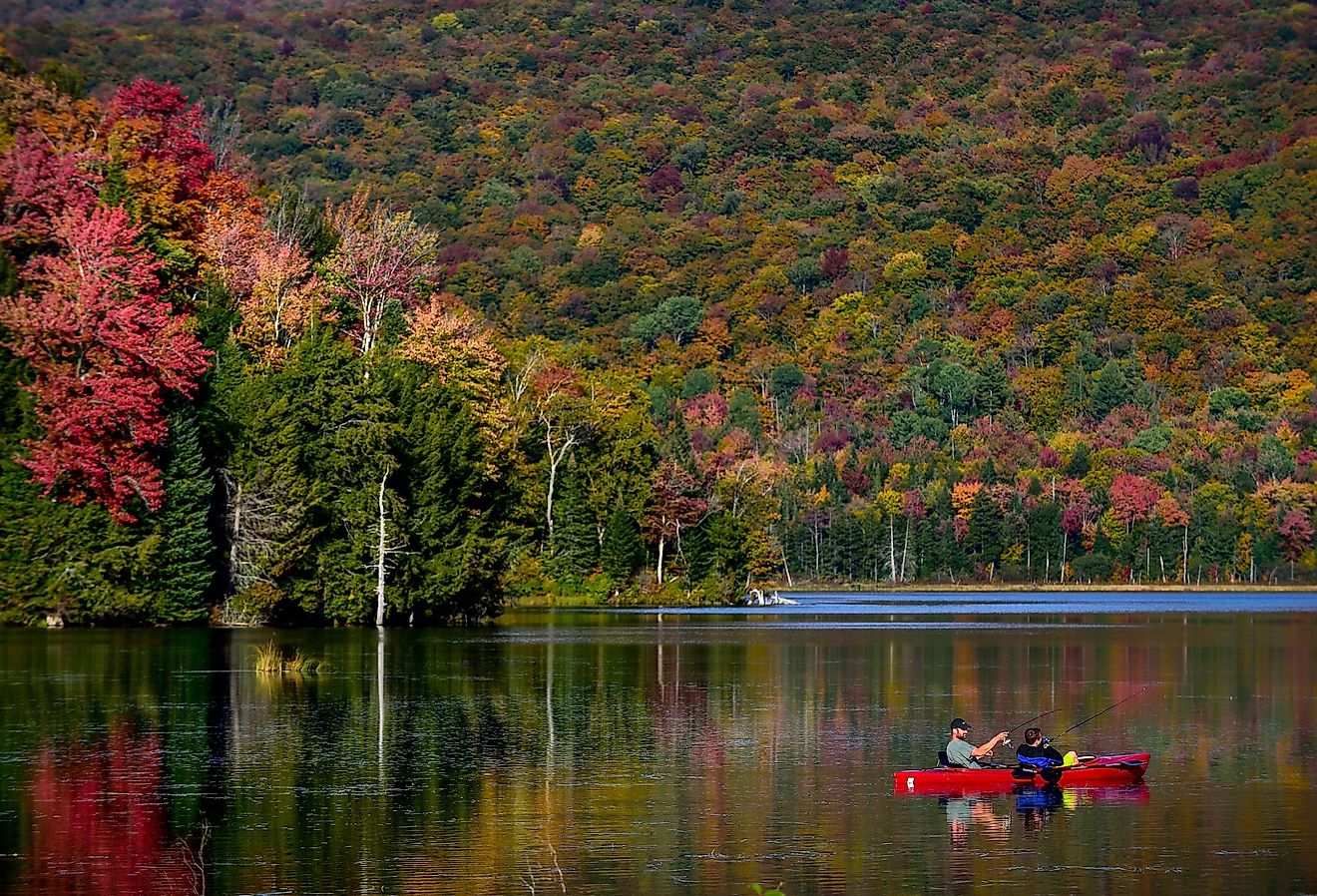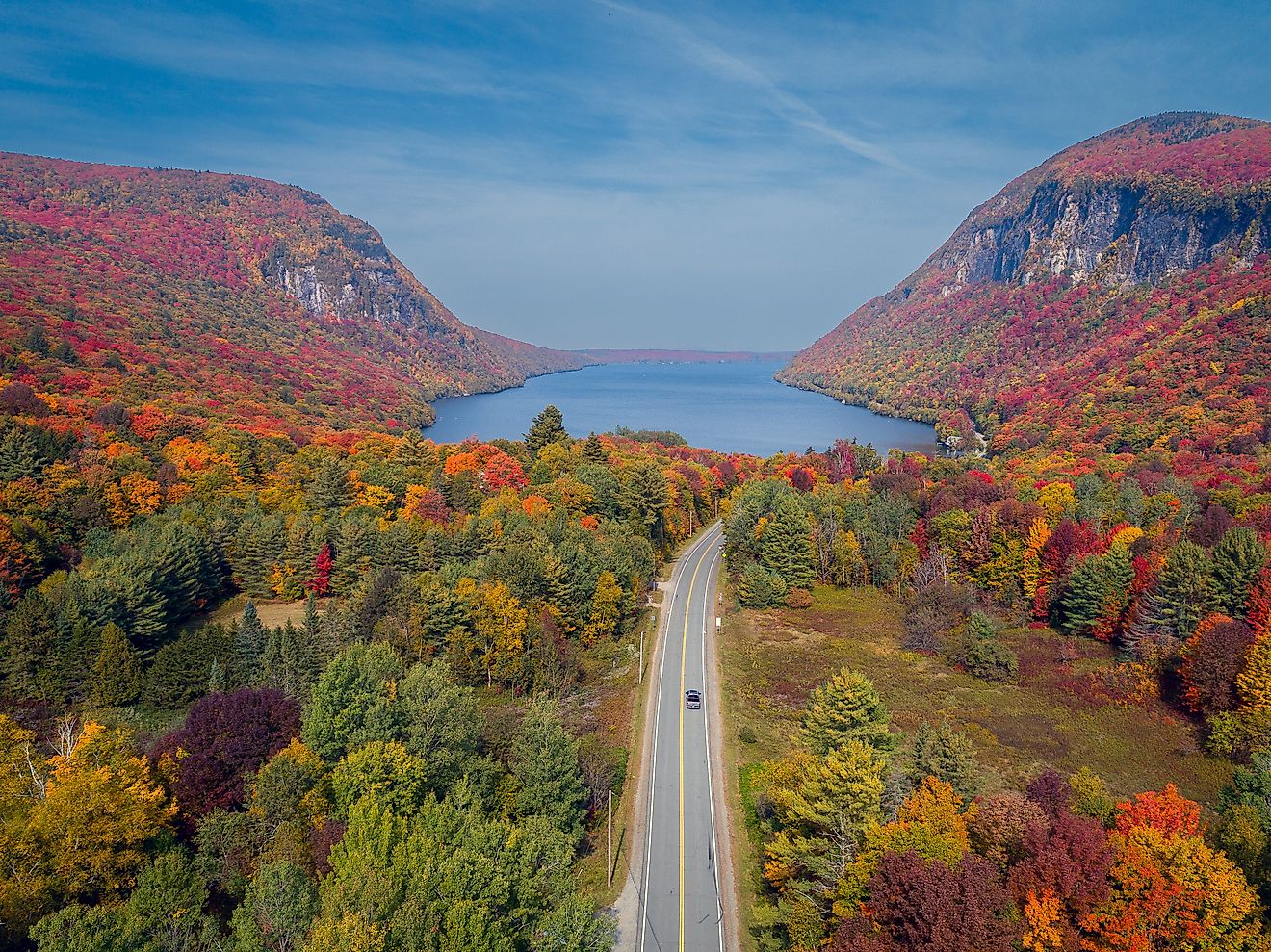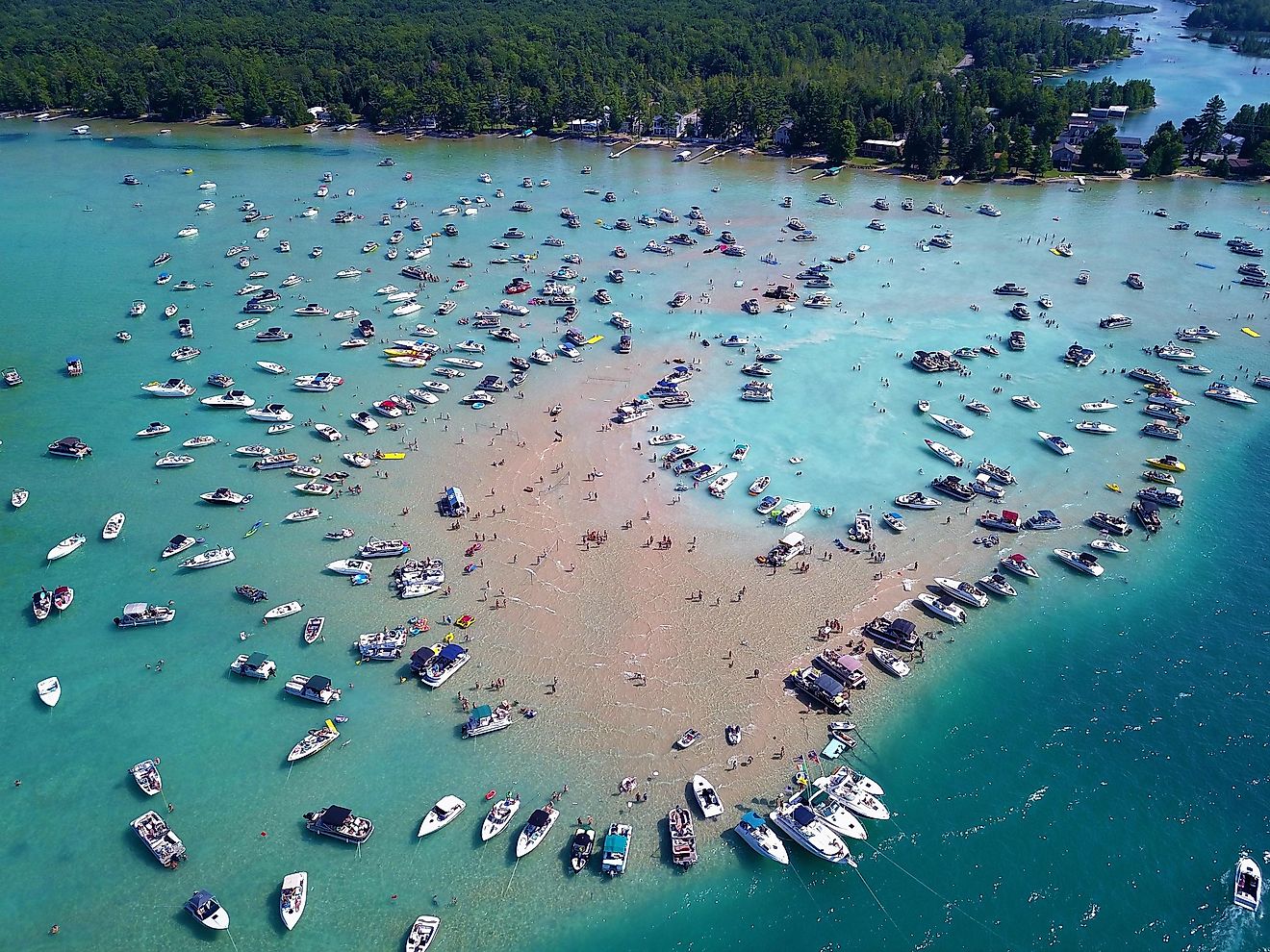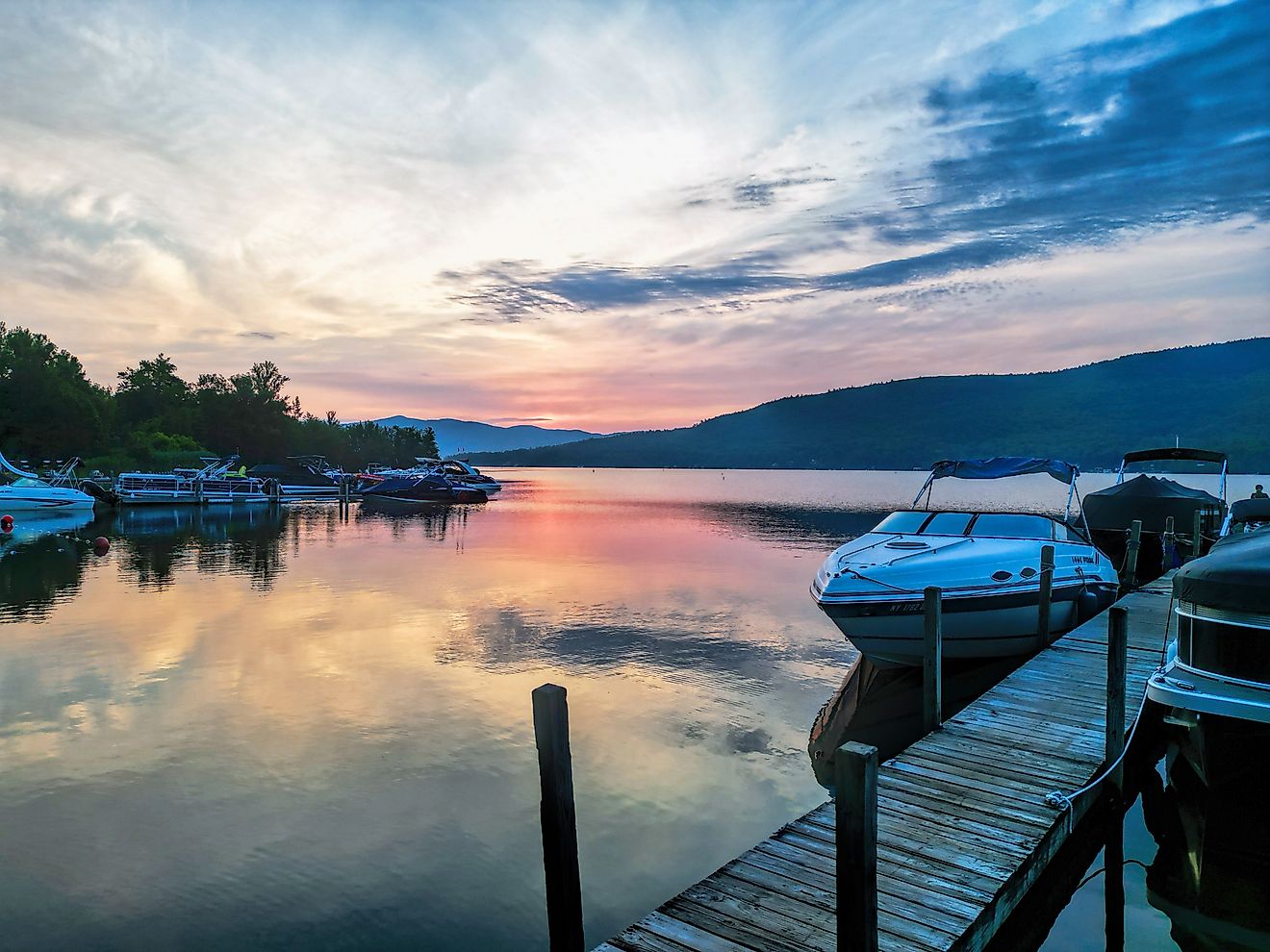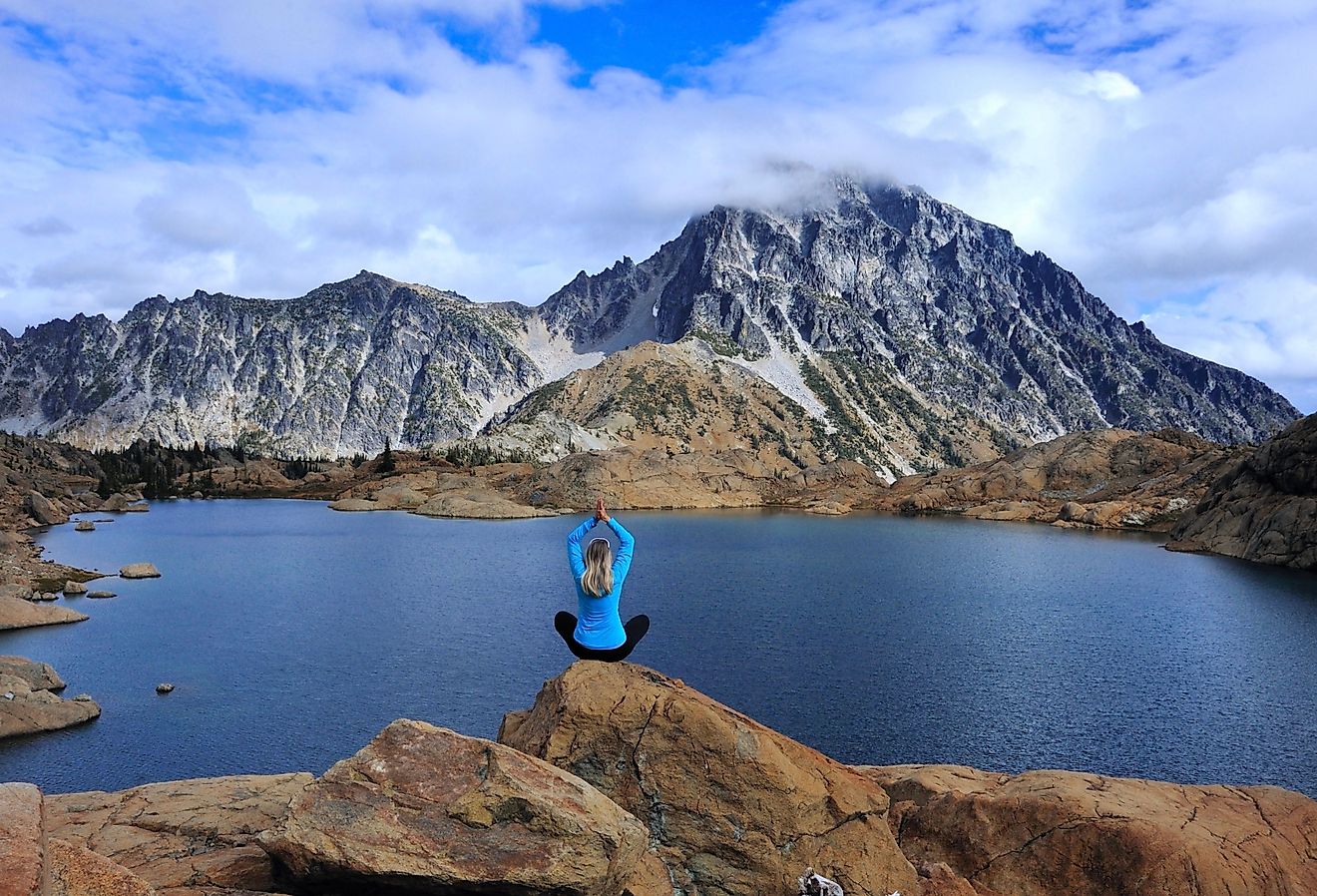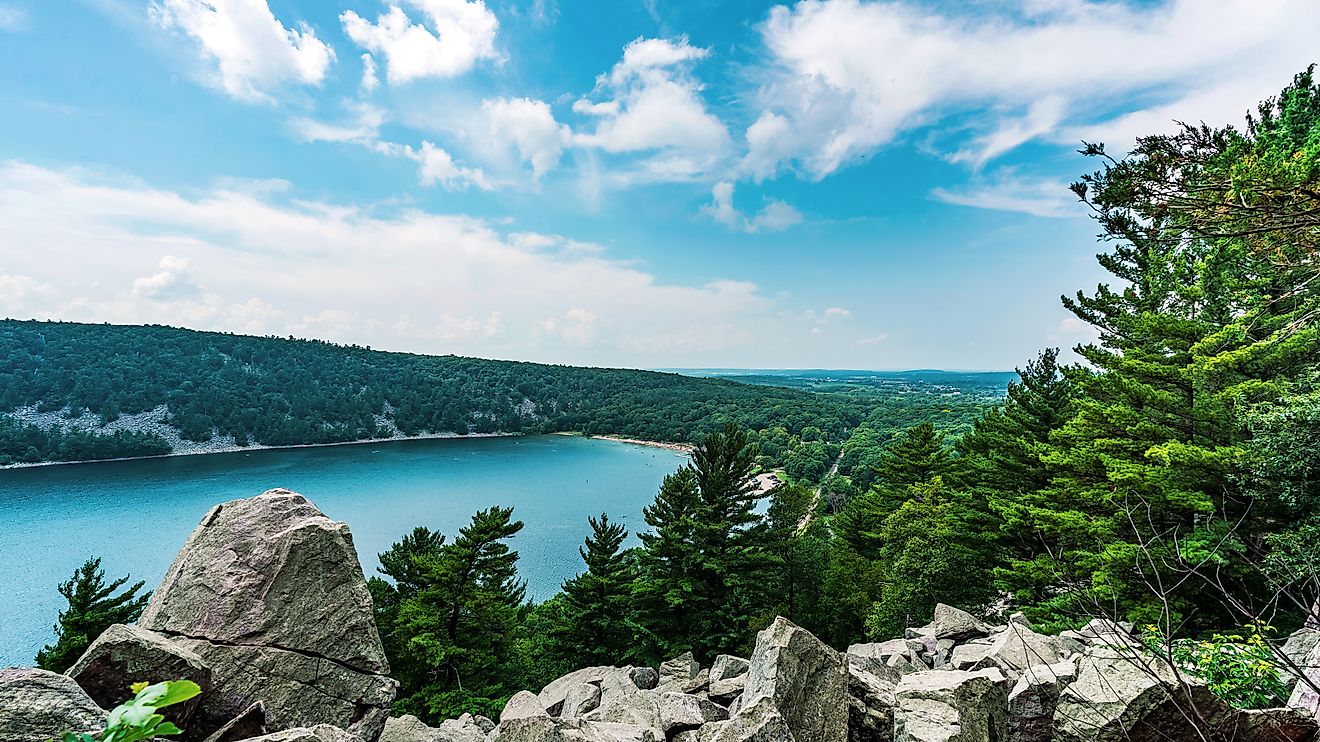
Laccadive Sea
The Laccadive Sea, the anglicized name of the Lakshadweep Sea (and will be referred to as such going forward), is a body of water near the southwestern coast of India. The Lakshadweep Sea is part of the immense Indian Ocean, the world's third-largest body of water. The word lakshadweep means 'Hundred Thousand Islands' in the Malayalam language and also in Sanskrit, referring to the archipelago of islands found amongst the Lakshadweep Sea. With an average depth of 6,329 feet, the Lakshadweep Sea is only half as deep as the average depth of the entire Indian Ocean, making it a unique ecosystem that has supported human life for thousands of years and continues to do so today.
Location

To its south, the Lakshadweep Sea touches the Nine Degree Channel. To its west, it meets the larger Indian Ocean that it is also a part of. To the north, the Lakshadweep Sea meets the Arabian Sea (also part of the Indian Ocean), while to the northeast, it borders the Kerala state of India. Along the more southern eastern portion of the Lakshadweep Sea, it meets the Maldives islands and Sri Lanka. Major cities along its shores include Trivandrum and Kochi in India, Quilon and Colombo in Sri Lanka, and Malé in the Maldives. Collectively, the Lakshadweep Sea is 303,476 square miles in area.
Climate And Composition
The air temperature of the Lakshadweep Sea region has a constant and undramatic range of 20°C to 32°C. This temperature allows the seawater to remain steady, ranging from 26°C to 28°C year round (it can be a little higher, especially during the heat of the summer, but this has only been the case for the past decade or so). This environment allows for extensive terrestrial flora and fauna, complemented by the extensive sea life made possible by the warm and consistent climate of the Lakshadweep Sea. The salinity of the Lakshadweep Sea is, on average, 34.5 parts per thousand. The coasts and seafloor are sandy, with the lower levels comprised of silt.
Flora and Fauna

In the Lakshadweep region, including the sea and the islands, there are approximately 3,600 aquatic and terrestrial species. Considering the coral reefs of the Lakshadweep Sea alone, there are nearly 120 observed living species. There are also 44 species designated as protected or endangered, as well as a range of crustaceans, sponges, mollusks, fin fishes, many types of seaweeds, and a range of mangrove tree species. Flora species on the Lakshadweep Islands include fruit trees such as banana, almond, breadfruit, and coconut, while fauna on the islands consists mainly of bird species, both migratory and resident. Because of the protected nature of this region, there are almost no invasive species. With this in mind, the abundance of naturally located species in this ecosystem rivals some of the most biodiverse places in the world.
In 1986, the Gulf of Mannar and its 21 islands (part of the Lakshadweep Sea), covering an area of 220 square miles, was designated as the Gulf of Mannar Marine National Park, part of the larger Gulf of Mannar Biosphere Reserve. The area has restricted access, with tourism being regulated by the government, and tourists can explore the park on glass-bottomed boats available along the coast of Tamil Nadu, India.
Islands
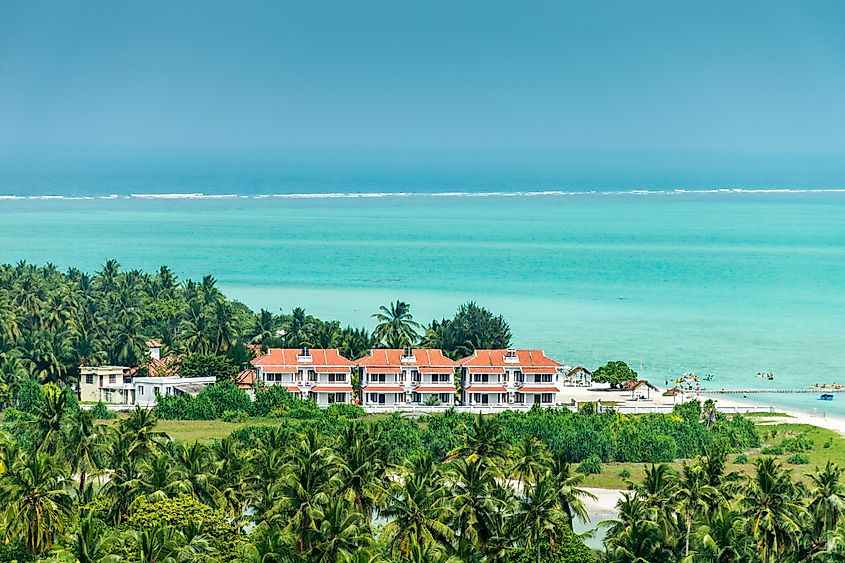
Amidst the Lakshadweep Sea, there is an archipelago of islands called the Lakshadweep Islands. Comprised of 36 individual islands, only 10 of them are inhabited, with the entire archipelago making up India's smallest union territory. There are also many coral atolls and sand banks amid the archipelago. The islands, on average, are 5 feet above sea level, making them susceptible to extreme weather patterns that come in from the sea. The total population of these islands is approximately 64,500 residents as of the last census. Highlights of the Lakshadweep Islands include the Ujra Mosque and Kavaratti Island Marine Aquarium, both located on Kavaratti Island.
History
The Lakshadweep Sea and its distinguishing islands have been used as markers for seafaring travelers for millennia. Supporting the theory that there was an ancient use of these islands and helping to define which peoples navigated through the Lakshadweep Sea is the discovery of over 400 Roman coins that date to the second century CE. There is also a record of this region in the written historical record, the philosopher Pliny the Elder noting the pearl harvesting in this specific region as being the most prolific in the ancient world. Other ancient artifacts found on the Lakshadweep Islands include evidence of ancient shrines and shards of ancient pottery.
For centuries, industries including pearl diving and fishing thrived, the Indigenous peoples using locally caught Apogonidae as very effective bait, the annual fish catch in the pre-colonial period being 2,000 to 5,000 tonnes. After this region was colonized by the British in 1799, the previously abundant yearly catch, made up of mainly tuna and shark but also included perche, halfbeak, Carangidae, needlefish, and rays, decreased significantly due to overfishing.
Modern Human Interactions

Non-locals have restricted access to the Lakshadweep Islands and must obtain special permits issued by the government to visit these islands. Also, only a few islands are allowed to have tourists, while the remaining inhabited islands are only for the locals. The locals remain on their ancestral lands without restriction and use their natural resources for much of their sustenance, as has been done for millennia. Fishing techniques continue in the region's historical and cultural style, and collectively, there are 125 fishing villages across all ten populated islands. Women also continue their heritage practice of collecting different seaweed species for consumption, with an estimated 5,000 women fulfilling this vital role.
The Lakshadweep Sea continues to harbor rich marine diversity but is also subject to threats from climate change. The low-lying islands in the sea are highly vulnerable to sea-level change and could completely disappear in the future. The marine life could also be affected due to warming sea temperatures and ocean acidification. Thus, the future of the Lakshadweep Sea and its human and non-human inhabitants depend on the actions we adopt to mitigate climate change.


